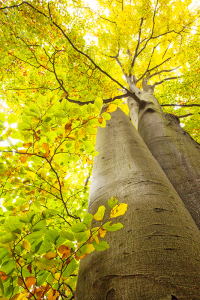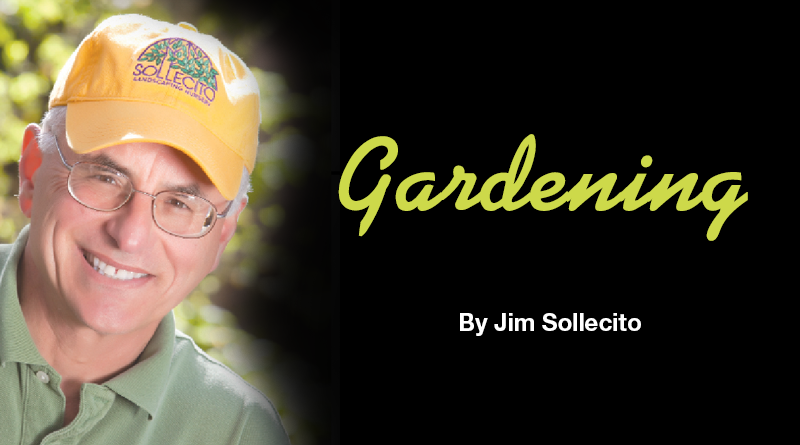What We Can Learn from Trees
By Jim Sollecito
 We live in a world of wounds. While it’s important to confront this, it’s important to make peace with it. Trees do it well.
We live in a world of wounds. While it’s important to confront this, it’s important to make peace with it. Trees do it well.
Most trees have the genetic capacity to construct barriers that seal off wounds, called compartmentalization. It’s a process where wounded cells form a series of four distinct “walls” of protection. This slowly prevents the spread of disease and decay to the rest of the tree.
So although trees don’t technically “heal,” this allows the plant to continue growing and not forfeit long-term vigor. This allows the individual to survive after a catastrophic loss.
The fourth and last specialized wall, which takes the longest time to construct, is by far the strongest. The cells are thick and contain chemicals that are toxic to decay organisms. It can literally hold a hollow tree together as long as there is no further injury. I wish I had this capacity myself.
It’s true that healthy trees are better at this than those already compromised. Not all trees are strong compartmentalizers, and their lifespan may be compressed. Trees simply adjust to surviving after a loss and can still flourish and have value. Adversity empowers us to be our very best. If you have strong roots, you can overcome very serious challenges but not every challenge forever. Everything has a lifespan.
The natural cycle of life dictates the recycling of organic matter into the earth so another can benefit from this enrichment. The longer we are on this planet, the more obvious this becomes. Everything is connected.
Unfortunately, shrubs lack this ability to compartmentalize. So once a flowering shrub in your landscape is past its prime, feel free to consider something new. Don’t lose sleep over sacrificing a plant that is has served you well and fulfilled its career. It’s a great opportunity to find a replacement with better features. Maybe something totally different. And maybe now’s the time.
In my 43 years designing and planting landscapes many of the best projects happened during the wonderful fall planting season. The soil is warm and ample autumn rainfall is on schedule. Trees have stopped pushing top growth, changing focus to the roots. And right now is the very best time to choose from the diverse selection of hydrangeas we offer.
I checked my inventory and find that we now offer at least 17 different hydrangea varieties: tree form; shrub form; short, medium and large mature heights.
If your landscape needs enhancement, put paniculata hydrangeas at the very top of your list.
They are hardy and they bloom. Abundant and reliable flowers of many shapes morph from white to varying shades of pink, red, magenta and wine.
August and September are great times to plant. The practice is good for the soul. Don’t wait. We’re just dancing on this earth for a short while anyway.
Smell the earth. Taste the breeze. Make your journey more meaningful and connected.
Plant until your heart is content.
Jim Sollecito is the first lifetime senior certified landscape professional in NYS. He operates Sollecito Landscaping Nursery in Syracuse. Contact him at 468-1142 or jim@sollecito.com.

